
Stopping bullying takes understanding, involvement
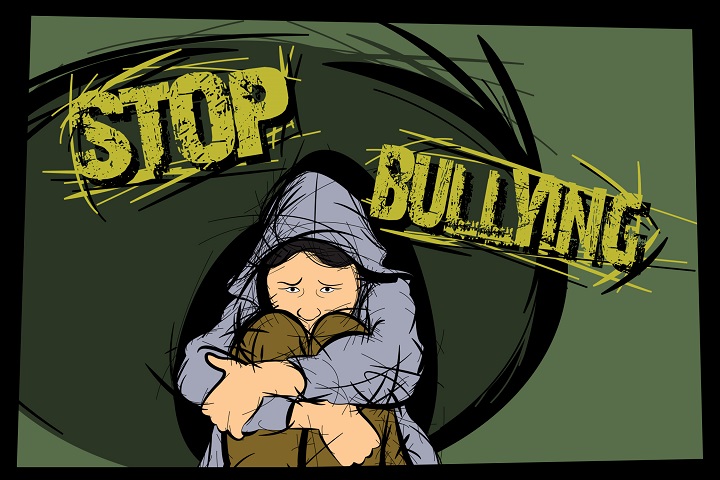
Children can experience social withdrawal, anxiety, and depression as a result of bullying. From the Stop Bullying campaign to Military OneSource, resources are available to help parents and their families identify and address bullying (U.S. Air Force graphic by Staff Sgt. Jamal D. Sutter)
Whether it’s physical or verbal, face-to-face or online, bullying can have lasting effects as children grow older. But with the help of parents, educators, and experts, this type of harassment can be addressed – or possibly even stopped.
According to Stop Bullying, an anti-bullying campaign overseen by the U.S. Department of Health and Human Services, when adults respond quickly and consistently to bullying behavior, they send the message that it’s not acceptable, and research shows this can stop it over time.
“We do know the impact on children who are bullied,” said U.S. Public Health Service Capt. Amy Park, who leads the Mobile Health Clinical Integration team at the Defense Health Agency’s Connected Health Branch under the Clinical Support Division. “They experience social withdrawal and increased depression and anxiety as a result of having been subjected to various forms of bullying in school and in social settings.”
According to Stop Bullying, there are many warning signs that may indicate someone is being bullied, such as unexplained injuries, difficulty sleeping, as well as loss of interest in school, sudden loss of friends, and self-destructive behavior (including talking about suicide).
A 2012 Bureau of Justice Statistics survey on school crime and safety found that students report only about 40 percent of all bullying incidents to an adult, which may be due to feelings of helplessness or social isolation, fear of backlash or rejection from peers, or feelings of humiliation.
Park noted that bullying others and being bullied are not mutually exclusive. Children who bully others, she said, may get into physical or verbal fights, hang out with friends who bully others, demonstrate increasingly aggressive behavior, get into frequent trouble at school, or refuse to take responsibility for their actions.
According to Military OneSource, children who bully others are disliked by their non-aggressive peers and, as a result, may hang out with other aggressive children – which may worsen the bullying behavior. Such children may also perform poorly in school, and may continue their aggressive behavior as adults.
Parents of children who are bullied should validate their child’s pain and experience of being negatively singled out by peers, said Park. They should also advocate for their child by engaging with school staff, teachers, and others in the child’s support system.
“I think our children are so much more sophisticated in the different forms of bullying, particularly these days with use of social media,” said Park, who encourages parents to talk to their children about what’s going on in their lives and understand not only what impacts them, but also the stressors they face throughout the day. “Parents are an integral part of problem-solving and helping their kids adaptively cope as issues arise. Involvement is critical.”
Kelly Blasko, a psychologist and the Military Kids Connect program lead at Connected Health for the DHA, said bullying is a form of abuse and can impact children’s ability to handle new situations and create friendships. This can be especially true among military children.
“They’re moving all the time, so they’re often the new kid on the block, and if they’re consistently bullied, that could really impact their mood, their willingness to engage in school,” said Blasko, adding that they might show more psychosomatic symptoms or pretend to be sick in order to avoid school. “In the long run, (bullying) can have long-term effects on their ability to form healthy relationships and to perform well academically.”
While no one-size-fits-all plan to address bullying exists, Military OneSource recommends adults create a strategy for monitoring a child to determine what triggers bullying behavior. It also recommends working with schools to set up programs to address bullying and provide examples of positive behavior and problem-solving techniques. Additional resources to help parents, educators, and children prevent or address bullying – including cyberbullying – are available from Military OneSource and Stop Bullying.
“Bullying is stressful for children and the people who care about them, and we need to be able to provide resources to help,” said Blasko. “Military families give so much to the overall mission of our Armed Forces. It’s the responsibility of all – parents, educators, peers – to help military children feel safe, accepted, and supported.”
Suicide Prevention Month 2018
Video
9/4/2018

September is Suicide Prevention Month. No one fights the battle alone. Make it your mission to #BeThere for each other.
How sharing my PTSD struggles helped others—and me
Article
9/4/2018
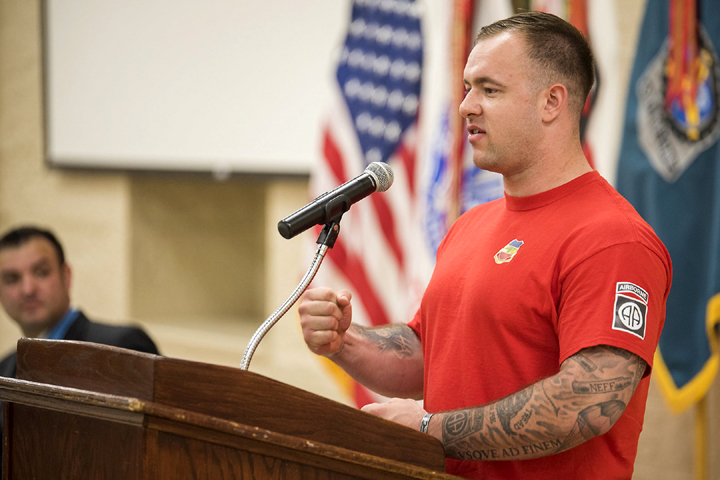
Army Sgt. Jon Harman 82nd Airborne Division, liaison officer at Walter Reed Military Medical Center
Getting off tobacco road leads to renewed relief
Article
8/10/2018

One service member’s struggle to become smoke-free
Don't let the bugs bite
Article
8/2/2018
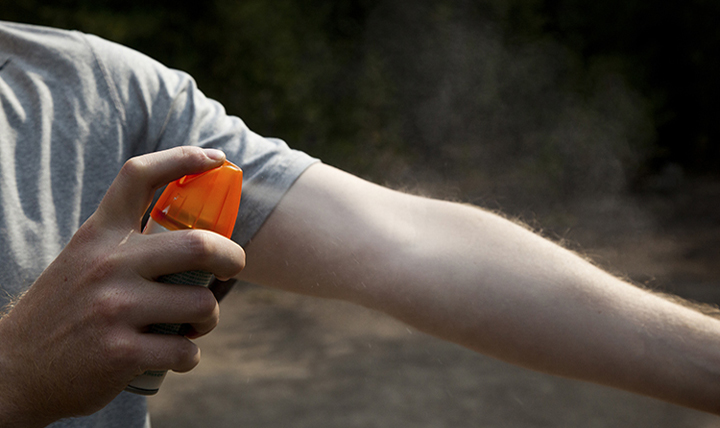
Most parents do a good job of protecting their kids from the sun, but they also need to consider why it's important to guard against potentially harmful insect bites and stings
There is hope
Article
7/11/2018

More than 350,000 deaths are attributed to opioid overdoses nationwide since 1999
USAISR burn flight team deploys to Guatemala
Article
7/5/2018

The patients -- all children needing specialized treatment -- and the teamwork between the Army and Air Force ensured the patients' safe transport from Guatemala to the U.S.
Life without liquor
Article
6/29/2018

One service member’s story of how he overcame a drinking problem
Going the distance runs in the family
Article
6/14/2018

For this father/daughter team, running, and the Marine Corps principles that carry them, are in their blood
Breaking down anxiety one fear at a time
Article
6/5/2018

Generalized anxiety, panic disorder, and anxiety related to PTSD are common disorders. In fact, an estimated 31 percent of U.S. adults experience anxiety at some point in their lives; one marine discusses his journey.
Assess your mental wellness during Mental Health Awareness Month
Article
5/25/2018
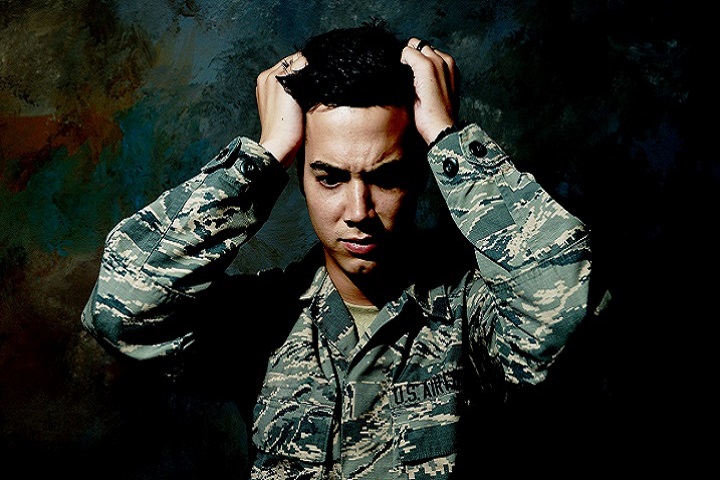
TRICARE provides mental health services for you and your family at all times
Breaking down the image: Mental health
Article
5/22/2018

May has been National Mental Health Month since 1949
Years in the making: How the risk for Alzheimer’s disease can be reduced
Article
5/18/2018

About 3 million new cases of Alzheimer’s Disease, the most common form of dementia, are diagnosed every year. Experts say lifestyle modifications can help prevent this disease.
Making behavioral health care easy
Article
5/11/2018
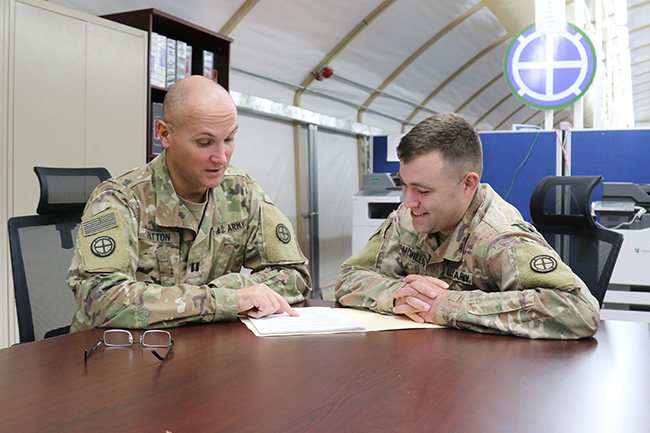
Embedded behavioral health teams let service members easily access behavioral health care right in their unit areas
New simulator preps WBAMC staff for OB emergencies
Article
5/1/2018

The state-of-the-art simulator provides medical staff up to various cutting-edge training scenarios
Ear infections common problem among children – and it’s not one to ignore
Article
4/27/2018
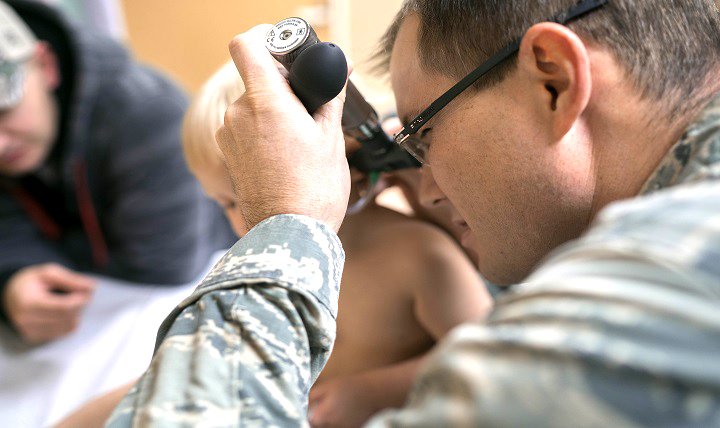
An ear infection is one of the most common reasons children visit a doctor






















.png)











No hay comentarios:
Publicar un comentario